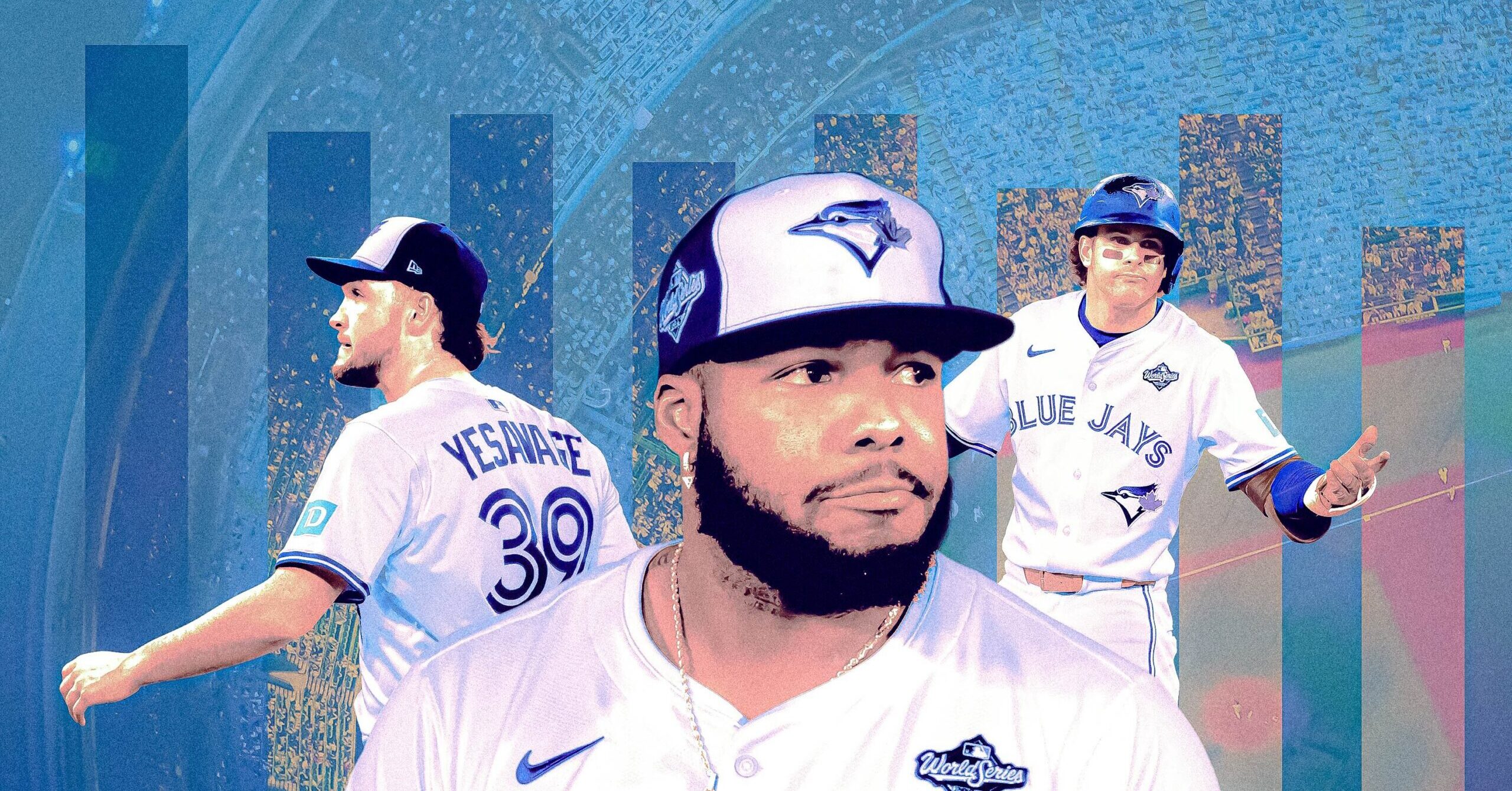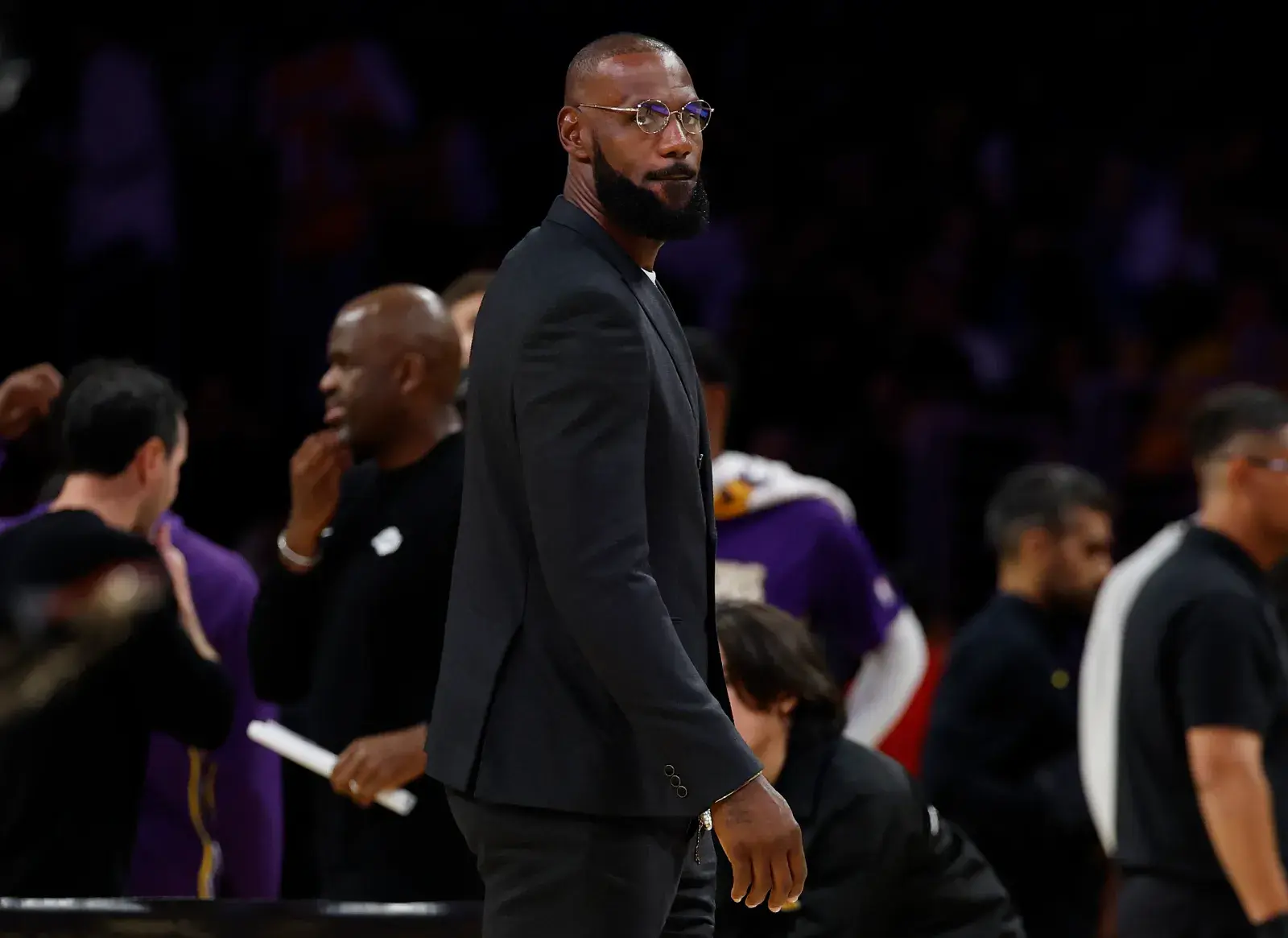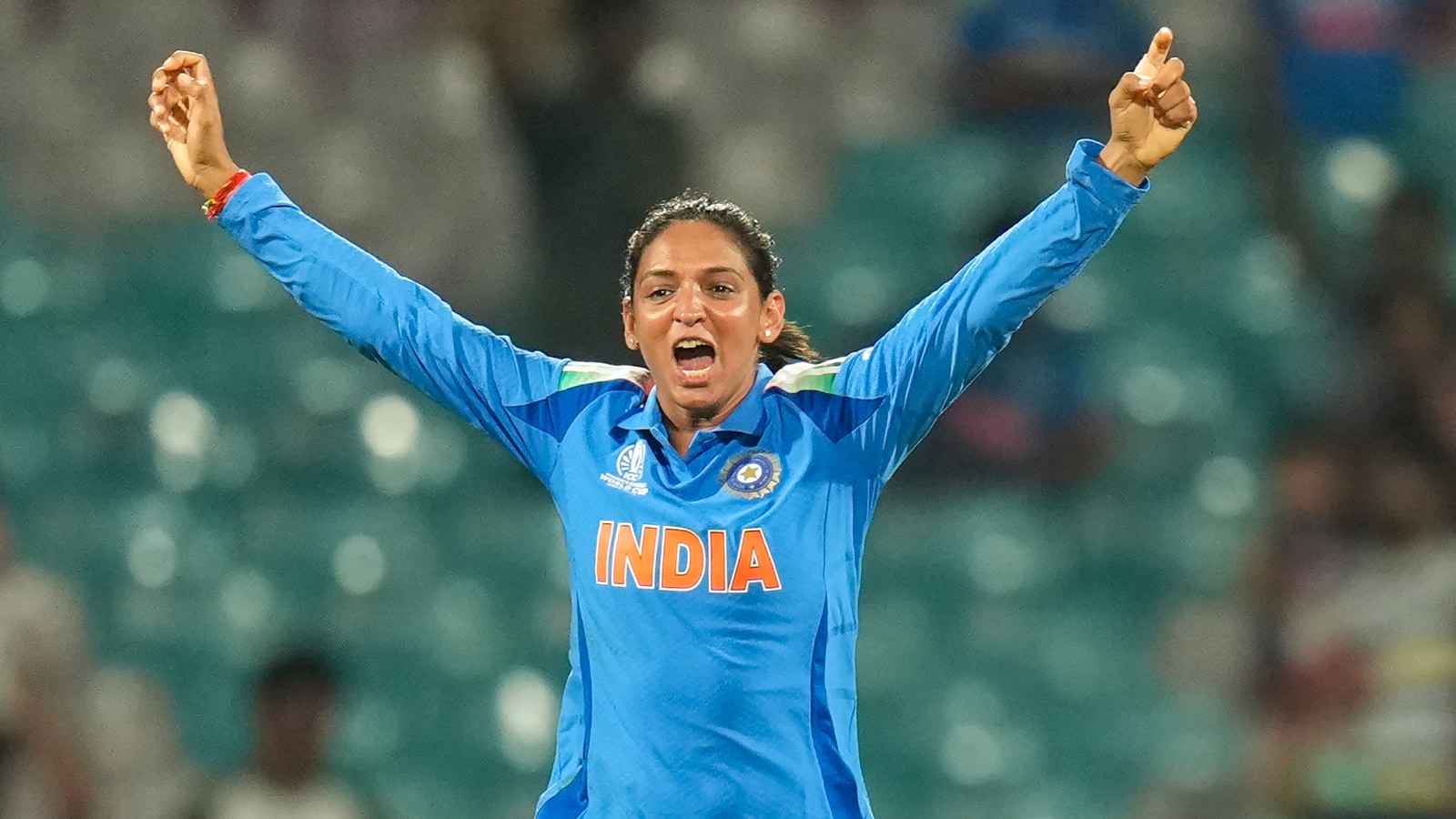Copyright The Ringer

As the dust settles from Isiah Kiner-Falefa’s slide into home that was a half second too late and Jeff Hoffman reconsiders his ninth-inning hanging slider to Miguel Rojas, the 2025 Toronto Blue Jays are left standing in the most painful place in sports: the land of the almost. Saturday’s Game 7 World Series loss isn’t the kind that fades. It embeds itself into a city’s—or, in this case, an entire country’s—sporting memory. It will fester and linger not just in the hours and days that follow, but in the years and decades that stretch beyond it. The Blue Jays were two outs from forcing baseball’s final page to turn in their favor. Minutes later, they were a fraction of a second from a euphoric walk-off that would’ve rewritten franchise history. Instead, they’re left with a series’ worth of hypotheticals (What if Dave Roberts hadn’t put Andy Pages in center field? What if Kiner-Falefa had run through home instead of sliding?) and a year’s worth of memories. But man, those memories are awesome. The Blue Jays gave their fans and other baseball lovers a magical October run that reminded us why playoff baseball is unmatched across the sporting world. Their homegrown superstar turned in a postseason heater for the ages, their rookie pitcher vaulted himself into World Series lore, and their entire roster coalesced into a fun and gritty group that gave the juggernaut Los Angeles Dodgers everything they possibly could in an instant-classic World Series that included two of the most thrilling and dramatic individual games in baseball’s impossibly long history. The Jays lost both of them, by the tiniest of margins, through a series of improbable events that you would struggle to believe if it were read back to you. It’s famously said that history is written by the victors. In becoming the first team of the 21st century to repeat as World Series champs, the Dodgers have indeed chiseled their names into baseball history. They are a machine—relentlessly efficient and rich with superstars who bent the sport to their will throughout these playoffs. But even after the shock of Saturday night fades, when a fan base’s sorrow becomes nothing but a memory, this season won’t be defined by just the victors. It’ll also be defined by the Jays, who began the season as an afterthought. Who defied long-shot preseason odds and turned an entire country back into believers. Who held off the Yankees for the no. 1 seed in the AL East and then beat them in the division series. Who outlasted the Mariners in the ALCS thanks to the late-game heroics of George Springer. In an American League that lacked clarity at the top, it was the Blue Jays who shone through all along. Heading into the Fall Classic, the Dodgers possessed an aura of invincibility, particularly in their starting rotation. They had bludgeoned the Reds in the wild-card series, survived the Phillies in the NLDS, and smothered the Brewers in a four-game sweep in the NLCS. Toronto looked like just another box for L.A. to check off on its march to a preordained repeat. Instead, it took less than one full game for the Blue Jays to pop that invincibility bubble with a nine-run sixth inning, punctuated by Addison Barger’s pinch-hit grand slam. When the Dodgers won a marathon Game 3 that was basically two games in one, it felt like the Jays couldn’t possibly recover. Except they did. Over and over again, the Blue Jays’ relentlessness was their defining trait. And it all starts with their core that has battled ups and downs throughout the 2020s. Vladimir Guerrero Jr. and Bo Bichette have always carried the hopes of the franchise around the diamond. Back in 2017, they weren’t just prospects; they were anointed as the duo that would drag Toronto back to October relevance from the moment they first shared a lineup card in Single-A Lansing. But the era that was supposed to define a generation delivered just three playoff appearances and zero playoff wins. Guerrero signed a massive 14-year extension with the Jays last offseason, but Bichette entered the season unsigned and is now staring down free agency as one of the most coveted position players on the market. Bichette missed the entire American League playoff series due to a knee sprain and was clearly compromised in the field and on the bases during the World Series. Yet that didn’t stop him from delivering the biggest swing of his life—a direct rebuttal to the Dodgers’ decision to intentionally walk Guerrero with a runner on third in the third inning of Game 7. In that moment, with a city waiting to explode, Bichette launched a first-pitch breaking ball deep into the seats, embraced Guerrero at home plate, and chased Shohei Ohtani from the game. It was the swing that was almost enough. Bichette produced throughout the World Series despite the injury, and Guerrero established himself as one of the most feared hitters on the planet. Not only did he launch eight home runs in the postseason, but he also hit .397 and was left stranded 90 feet away from home in the decisive 11th inning of Game 7. The story of the 2025 Blue Jays could be about the core they bet on all decade. It could be about Bichette and Springer, who couldn’t really run the bases due to their injuries but delivered massive hits anyway. But the real reason this team made it this far lies in the margins of the roster. In the Clements and Lukeses of the world. In the Bargers. In the Varshos and the Yesavages. In the ones almost nobody saw coming. Ernie Clement, a career below-average hitter and the definition of a utility player, ended October with more hits than anyone in postseason history—30 of them. The Jays’ Swiss Army knife played at least 15 games at all four infield positions this season and turned Toronto’s lineup into an unyielding nightmare for opposing pitchers. Nathan Lukes didn’t make his MLB debut until he was 28, in 2023, and he entered 2025 as the type of player most fans couldn’t have picked out of a lineup. He wasn’t supposed to change a season. Usually hitting between Springer and Guerrero, Lukes turned at-bats into wars of attrition—fouling off pitches, extending counts, and forcing mistakes he could take advantage of. He was the embodiment of this team’s offensive strategy: make contact, apply pressure, and make the other guys crack first. When Barger debuted in 2024, he hit .197 and looked more like a roster footnote than a future core player. A year later, he became one of Toronto’s most dangerous hitters, knocking 12 hits in 25 at-bats in the World Series. Daulton Varsho came within a few inches and a split second of Jays history. His defense was already legendary, and his run-saving, diving catch in Game 7 will go down as one of the biggest plays of the postseason. But if Kiner-Falefa had taken a bigger secondary lead, run through the plate, or even slid a different way, Varsho would have become the owner of the second walk-off in a World Series Game 7 in baseball history. And, of course, there’s Trey Yesavage, whose individual ascent was somehow even more improbable than the Jays’ season as a whole. The 22-year-old hurler began his professional career on April 8 in Single-A and started Game 1 of the World Series on October 24. Calling it “meteoric” undersells it. Yesavage became the poster child of modern pitching development. If a player has big-league stuff, let him cook in the show. And while Yesavage wasn’t always dominant, his 39 strikeouts in 27 playoff innings both dazzled and proved he belonged. After laboring through Game 1, Yesavage tossed 12 strikeouts in seven innings of one-run ball in Game 5 and recorded five important Game 7 outs. The superpower of the Jays wasn’t a laundry list of superstars or any specifically dominant unit. After all, Toronto’s rotation in the playoffs featured ace Kevin Gausman, a rookie, a 41-year-old Max Scherzer, and Shane Bieber, who was fresh off recovering from Tommy John surgery. Hoffman, the team’s closer, posted a 4.37 regular-season ERA after failing multiple medicals with other teams. This isn’t some Moneyball story; Toronto had the fifth-highest payroll in baseball. But the 2025 Jays are an inspiring story nonetheless—one of improving bat speeds, player development, and an emphasis on less obvious advantages like elite defense and pitch framing. There are so many different ways to build a contending team, and the Blue Jays cooked up some magic. Years from now, baseball fans won’t recite the box scores from this World Series for the ages. They’ll remember where they were, who they watched it with, and how this team made them feel. They’ll remember the Blue Jays. Which is why Billy Beane’s line in the movie Moneyball has never felt more wrong.



